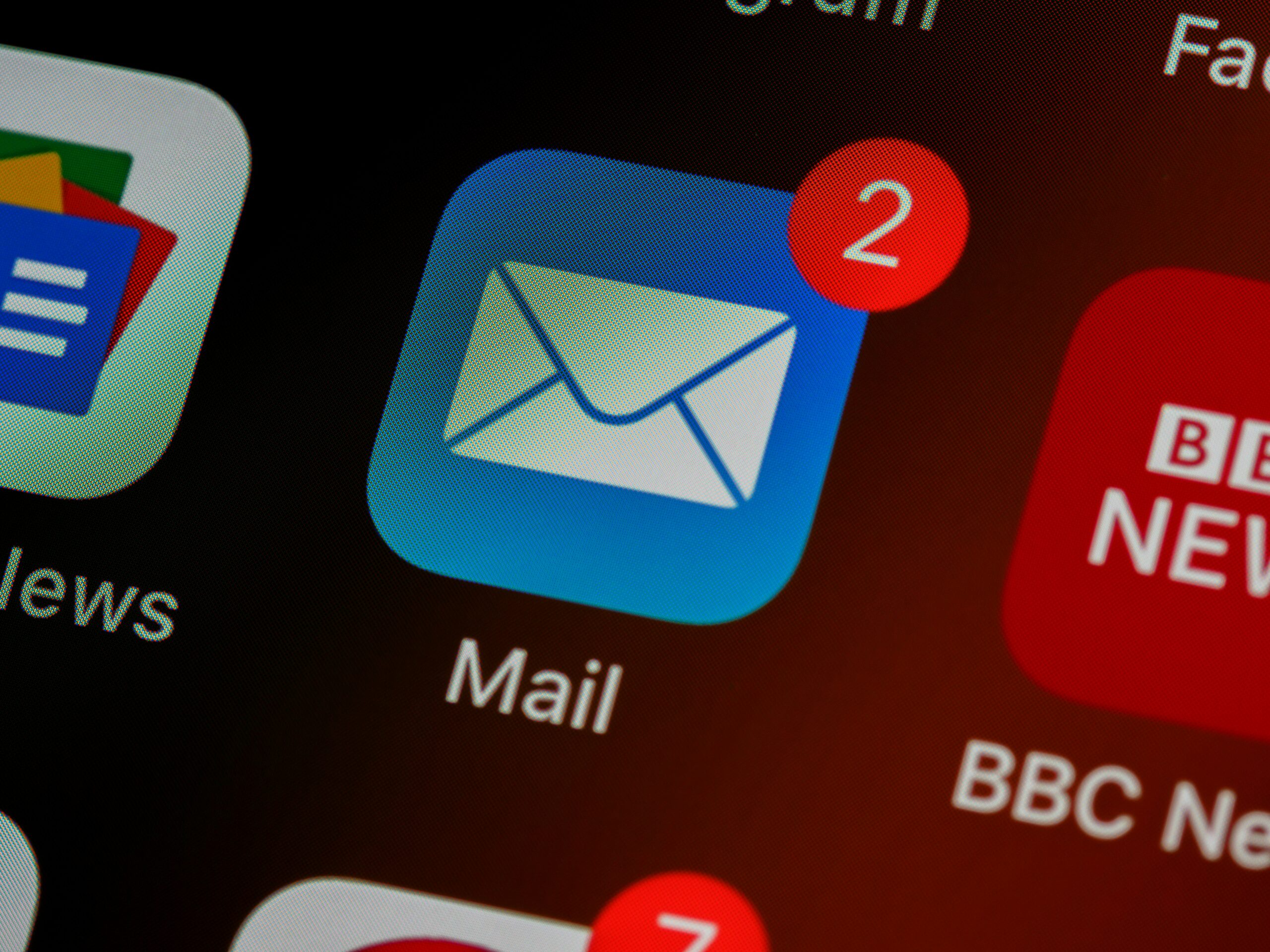Are you struggling to choose between automated lead nurturing and traditional email marketing? This article compares these two approaches, analyzing their effectiveness, response rates, and costs. We’ll explore the challenges of implementing each strategy and discuss future trends in email marketing automation. By the end, you’ll have a clear understanding of which method can drive better results for your business, helping you make an informed decision to improve your marketing efforts.
Key Takeaways
- Automated lead nurturing outperforms traditional email marketing in engagement metrics and conversion rates
- Traditional email marketing offers cost benefits and simplicity for smaller businesses or specific campaigns
- Implementing automated lead nurturing requires careful budget considerations but often yields better long-term returns
- AI is transforming email marketing by enhancing personalization, timing, and workflow efficiency
- Both methods face unique challenges, including data management for automation and scalability for traditional approaches
Understanding Automated Lead Nurturing and Email Marketing

Automated lead nurturing and traditional email marketing are distinct approaches in a comprehensive marketing strategy. Automated lead nurturing uses marketing automation platforms to send targeted messages based on customer data and behavior. Traditional email marketing involves manual campaigns sent to broad audiences. Both methods aim to improve customer satisfaction and drive conversions, but they differ in execution and effectiveness.
Defining Automated Lead Nurturing
Automated lead nurturing is an advanced email marketing tool that uses data-driven algorithms to deliver personalized content to potential customers. This sophisticated approach tailors the brand experience based on each prospect’s behavior, interests, and position in the sales funnel. By leveraging automation tools, businesses can create a more efficient and effective nurturing process, maximizing their marketing investment while building stronger relationships with leads.
Key Features of Traditional Email Marketing
Traditional email marketing relies on manual campaigns sent to broad audiences. It lacks the advanced targeting and personalization capabilities of automated systems. While email automation platforms have revolutionized the field, traditional methods still have their place. They offer simplicity and direct control over messaging, which can be beneficial for smaller businesses or specific campaign types. Statistics show that automated email campaigns generate higher open rates and click-through rates compared to traditional methods, highlighting the potential of automation in improving engagement and conversions:
| Metric | Traditional Email | Automated Email |
|---|---|---|
| Open Rate | 20% | 32% |
| Click-Through Rate | 2.5% | 4.8% |
Analyzing the Effectiveness of Automated Lead Nurturing

Automated lead nurturing’s effectiveness can be measured through specific metrics and real-world case studies. This section examines key performance indicators for assessing automation success, including audience segmentation and efficiency. It also explores how businesses have leveraged automation to improve their marketing efforts, from holiday campaigns to targeted coupon strategies.
Key Performance Indicators for Effective Automation
To assess the effectiveness of automated lead nurturing, key performance indicators (KPIs) play a crucial role in understanding how well campaigns are performing. These KPIs track engagement levels, which allow businesses to evaluate how well their content resonates with leads. Metrics like open rates provide insights into the initial interest in the campaign, while click-through rates show how engaging the email content is, indicating the recipients’ intent to learn more.
Conversion rates help determine the ultimate success of the campaign by showing how many recipients take the desired action, whether it’s making a purchase or signing up for a service. By regularly reviewing these KPIs, businesses can adjust their messaging and strategies to enhance performance.
Metrics to Assess Automated Lead Nurturing Performance
Automated email marketing effectiveness can be measured using key performance indicators. Email automation software tracks metrics such as open rates, click-through rates, and conversion rates. These metrics help businesses assess the relevance of their content and the loyalty of their leads. Engagement metrics, like time spent reading emails and social shares, provide insights into how well the automated nurturing campaign resonates with the audience. By analyzing these metrics, companies can refine their strategies to improve lead quality and increase conversions:
| Metric | Description | Target Range |
|---|---|---|
| Open Rate | Percentage of recipients who open the email | 20-40% |
| Click-Through Rate | Percentage of recipients who click on links in the email | 2-5% |
| Conversion Rate | Percentage of recipients who complete a desired action | 1-5% |
Real-World Applications of Automated Lead Nurturing
Businesses across various industries have successfully leveraged automated lead nurturing to enhance their marketing efforts. One common approach is using automation for seasonal campaigns, such as holiday promotions, where businesses can send tailored offers to specific audience segments based on their purchasing history or preferences.
Another successful strategy involves targeted coupon promotions sent through automated emails, encouraging leads to take action at optimal times. These real-world examples show how businesses are using automation to drive engagement and improve lead conversion rates, making their marketing efforts more efficient and cost-effective. By analyzing these case studies, companies can adopt similar strategies to improve their own automated nurturing efforts.
Evaluating Traditional Email Marketing Performance

Traditional email marketing performance evaluation is crucial for optimizing campaigns and improving customer lifetime value. This section examines common metrics used to measure email marketing effectiveness and explores real-world examples of successful traditional campaigns. By analyzing these aspects, marketers can refine their email marketing strategy and enhance the impact of their education-focused campaigns, even without advanced email automation.
Common Metrics for Email Marketing Effectiveness
Traditional email marketing effectiveness is measured through key metrics that provide insights into campaign performance and customer engagement. These metrics include open rates, click-through rates, conversion rates, and unsubscribe rates. By analyzing these data points, marketers can optimize their email campaigns, avoid spamming, and improve customer relationship management. Advanced metrics like cart abandonment rates and customer lifetime value help businesses assess the long-term impact of their email marketing efforts on revenue and customer retention. Tracking these metrics allows companies to allocate their marketing budget more effectively and refine their email strategies for better results.
Open Rates and Click-Through Rates
Open rates and click-through rates (CTR) are among the most commonly used metrics to evaluate the performance of traditional email marketing campaigns. The open rate reflects the percentage of recipients who open the email, giving an early indication of the subject line’s appeal and how well the email captures attention. A higher open rate suggests effective subject lines and audience targeting. The click-through rate, on the other hand, measures the percentage of recipients who click on links within the email. This metric is crucial for gauging the content’s relevance and how well the email drives engagement with the provided call-to-action. By focusing on improving these two metrics, marketers can enhance the initial success of their email campaigns and increase the chances of conversion.
Conversion Rates and Unsubscribe Rates
Conversion rates and unsubscribe rates provide deeper insights into the effectiveness of traditional email marketing. Conversion rates measure how many recipients take the desired action after opening the email, such as making a purchase or signing up for a service. A high conversion rate indicates that the email content resonates with the audience and motivates them to act. On the other hand, the unsubscribe rate is a critical metric that shows how many recipients opted out of future communications after receiving the email. A rising unsubscribe rate can signal issues with relevancy or email frequency. By monitoring these two metrics, marketers can make adjustments to content, design, and frequency to keep subscribers engaged and avoid losing potential customers.
Comparing Response Rates Between Approaches

Comparing response rates between automated lead nurturing and traditional email marketing reveals key differences in engagement metrics. Automated campaigns leverage data-driven strategies to enhance loyalty programs and mailing list effectiveness. Traditional approaches, while cost-effective, may lack the scalability of automated systems. This section examines engagement metrics for both methods, considering factors like price and industry-specific applications, such as cosmetics marketing.
Engagement Metrics in Automated Campaigns
Automated lead nurturing campaigns consistently outperform traditional email marketing in engagement metrics. Companies utilizing automated systems, such as HubSpot, report higher open rates, click-through rates, and conversion rates. These improved metrics translate directly to increased revenue and consumer satisfaction. Automated campaigns excel in nurturing leads through personalized content delivery, adapting to individual behaviors and preferences. This level of customization enhances the overall customer experience and improves management of the sales funnel:
- Higher open rates due to targeted subject lines
- Increased click-through rates from personalized content
- Improved conversion rates through timely follow-ups
- Enhanced customer lifecycle management
- Greater return on investment for marketing efforts
Engagement Metrics in Traditional Campaigns
Traditional email marketing campaigns typically yield lower engagement metrics compared to automated lead nurturing. While marketing automation tools offer advanced features like chatbots and personalized ebooks, traditional campaigns rely on broader messaging. These campaigns may achieve open rates of 15-25% and click-through rates of 2-3%. Despite lacking sophisticated tools, traditional methods can still be effective when combined with strategies such as abandoned shopping cart reminders. Marketers can enhance traditional campaigns by segmenting their audience and crafting compelling subject lines to boost engagement.
Cost Analysis of Automated vs. Traditional Approaches

Evaluating the cost implications of automated lead nurturing and traditional email marketing is crucial for businesses. This analysis examines budget considerations for automation, including autoresponder systems and data management tools. It also explores the cost benefits of traditional approaches, highlighting their impact on customer service and social proof. Understanding these factors helps companies make informed decisions about their email marketing strategies.
Budget Considerations for Automation
Implementing an automated lead nurturing strategy requires careful budget considerations. Companies must invest in robust email automation workflows and potentially SMS integration to create a comprehensive community-building strategy. While the initial costs may be higher than traditional methods, automation often yields better returns by capturing and maintaining audience attention more effectively. Businesses should factor in the long-term benefits of improved customer engagement and streamlined operations when evaluating the financial implications of adopting automation tools.
Cost Benefits of Traditional Email Marketing
Traditional email marketing offers cost benefits for businesses seeking to engage customers without investing in advanced marketing automation software. While it may lack the sophisticated features of email automation tools, traditional methods can still yield positive results for customer success when executed effectively. Companies can leverage feedback from these campaigns to refine their strategies and improve customer engagement. The simplicity of traditional email marketing campaigns allows for greater flexibility and control over messaging, which can be particularly valuable for small businesses or those with limited resources:
- Lower initial investment compared to automation platforms
- Easier implementation for small-scale campaigns
- Greater control over messaging and timing
- Potential for high ROI with well-crafted content
- Opportunity to test and refine strategies before scaling
Challenges in Implementing Each Strategy

Implementing automated lead nurturing and traditional email marketing strategies presents unique challenges in the digital marketing landscape. Automated systems face obstacles in data management and personalization, while traditional methods struggle with scalability and engagement. Understanding these limitations is crucial for businesses seeking to optimize their online shopping experiences and automate email marketing effectively.
Obstacles in Automated Lead Nurturing
Automated lead nurturing faces several obstacles in implementation. High bounce rates can hinder the effectiveness of automated emails, requiring careful analysis of analytics data to optimize delivery. Maintaining an accurate and up-to-date database is crucial for successful automation, as outdated information can lead to misdirected promotions.
Companies must also balance the frequency of automated emails to avoid overwhelming recipients while maintaining engagement. Overcoming these challenges requires a strategic approach to database management and continuous refinement of automated email campaigns:
| Challenge | Impact | Solution |
|---|---|---|
| High bounce rates | Reduced email deliverability | Regular list cleaning and engagement analysis |
| Outdated database | Misdirected promotions | Implement data verification processes |
| Email frequency balance | Potential recipient overwhelm | Develop strategic sending schedules |
Limitations of Traditional Email Marketing
Traditional email marketing faces limitations in lead generation and customer onboarding compared to automated systems. Without artificial intelligence and email automation, businesses struggle to personalize messages at scale, potentially reducing engagement rates. Cold calling techniques often yield lower results than automated nurturing sequences, as they lack the precision targeting and timing capabilities of modern marketing platforms. While traditional methods can still be effective, they require more manual effort and may not capture the full potential of digital marketing strategies in today’s competitive landscape.
Future Trends in Email Marketing and Automation

Email marketing and automation are evolving rapidly, driven by emerging technologies and artificial intelligence. These advancements are reshaping how brands build loyalty and engage customers through smartphones and incentive-based strategies. Future trends focus on personalized experiences, leveraging AI to enhance email effectiveness and streamline processes like credit card transactions and customer testimonials.
Emerging Technologies in Automated Marketing
Emerging technologies are revolutionizing automated marketing, enhancing brand awareness, and streamlining email marketing platforms. Artificial intelligence is enabling more sophisticated frequency optimization for mobile app notifications and email campaigns. For instance, clothing retailers are using AI-powered systems to analyze customer behavior and preferences, delivering personalized product recommendations at optimal times. These advancements are improving engagement rates and driving conversions across various industries.
The Role of AI in Enhancing Email Strategies
AI is revolutionizing email strategies by enhancing workflow efficiency and personalizing touchpoints throughout the customer journey. Marketing automation emails powered by AI can analyze customer behavior to determine the optimal timing for sending gift cards or promotional offers. This technology enables marketers to create sophisticated, multi-step campaigns that adapt in real time based on recipient actions, ensuring each touchpoint is relevant and engaging. The integration of AI in email marketing is transforming how businesses approach customer relationships and drive conversions:
- Predictive analytics for personalized content delivery
- Automated A/B testing for subject lines and email content
- Dynamic segmentation based on real-time behavior
- Intelligent send-time optimization
- Automated workflow creation and management
Conclusion
Automated lead nurturing and traditional email marketing offer distinct approaches to engaging customers and driving conversions, with automation consistently outperforming traditional methods in key metrics such as open rates and click-through rates. While automated systems provide advanced targeting and personalization capabilities, traditional email marketing still holds value for smaller businesses or specific campaign types.
The choice between these strategies depends on factors like budget, scalability needs, and desired level of personalization, with each approach presenting unique challenges and opportunities. As technology evolves, the integration of AI and emerging technologies in email marketing promises to further enhance personalization and efficiency, making it crucial for businesses to stay informed and adapt their strategies accordingly.






